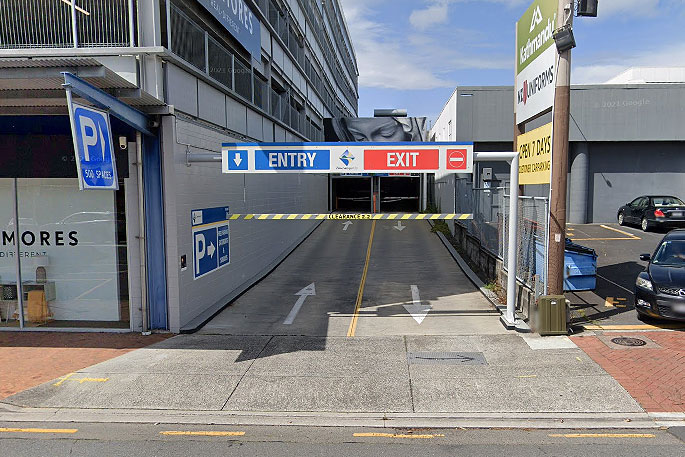Priority earthquake prone buildings in New Zealand's high seismic risk areas have now been identified by local territorial authorities.
'The latest figures from the 2020 EPB progress report shows that all priority earthquake-prone buildings have been identified by the 38 territorial authorities located in high seismic risk areas,” says MBIE System Strategy and Performance in the Building Performance team manager Janet Blake.
'This is an important milestone, as it means that buildings that pose the greatest risk to public safety or other property have now been identified and will be remediated.
'This is a crucial step in protecting people from harm in future earthquakes. The next step is for high-risk areas to identify non-priority buildings, and for medium risk areas to identify their priority buildings, all by July 1, 2022.”
Priority buildings include those that are considered higher risk because of their construction, type, use or location.
This includes buildings such as hospitals, schools and emergency centres.
In Tauranga, the council has identified two car parking buildings as being earthquake prone.
Assessments of the Spring Street and Elizabeth Street car parking buildings have highlighted areas where strengthening and remediation work should be carried out to reduce the risk to users and extent of damage a significant earthquake event could cause.
Tauranga City Council corporate services general manager Paul Davidson says while there is no regulatory requirement to carry out the assessments, expert engineering advice suggests it will be prudent to do so.
Buildings come to the attention of territorial authorities because they meet certain criteria that indicated that a building could potentially be earthquake prone.
The territorial authorities then contact the building owners, who have the building assessed.
The Building (Earthquake-prone Buildings) Amendment Act 2016 introduced a schedule for territorial authorities to report to MBIE on progress toward identifying potentially earthquake-prone buildings. Previously, territorial authorities set their own policy and timeframes.
'These changes were introduced to ensure the way buildings are managed for future earthquakes is consistent and strikes a balance between protecting people; the costs of strengthening; and the impact on New Zealand's built heritage,” says Janet.
This was the third year territorial authorities were required to report on their progress to MBIE. Details from the latest report are included in the attached infographic.
The full report is available on the Building Performance website.



0 comments
Leave a Comment
You must be logged in to make a comment.